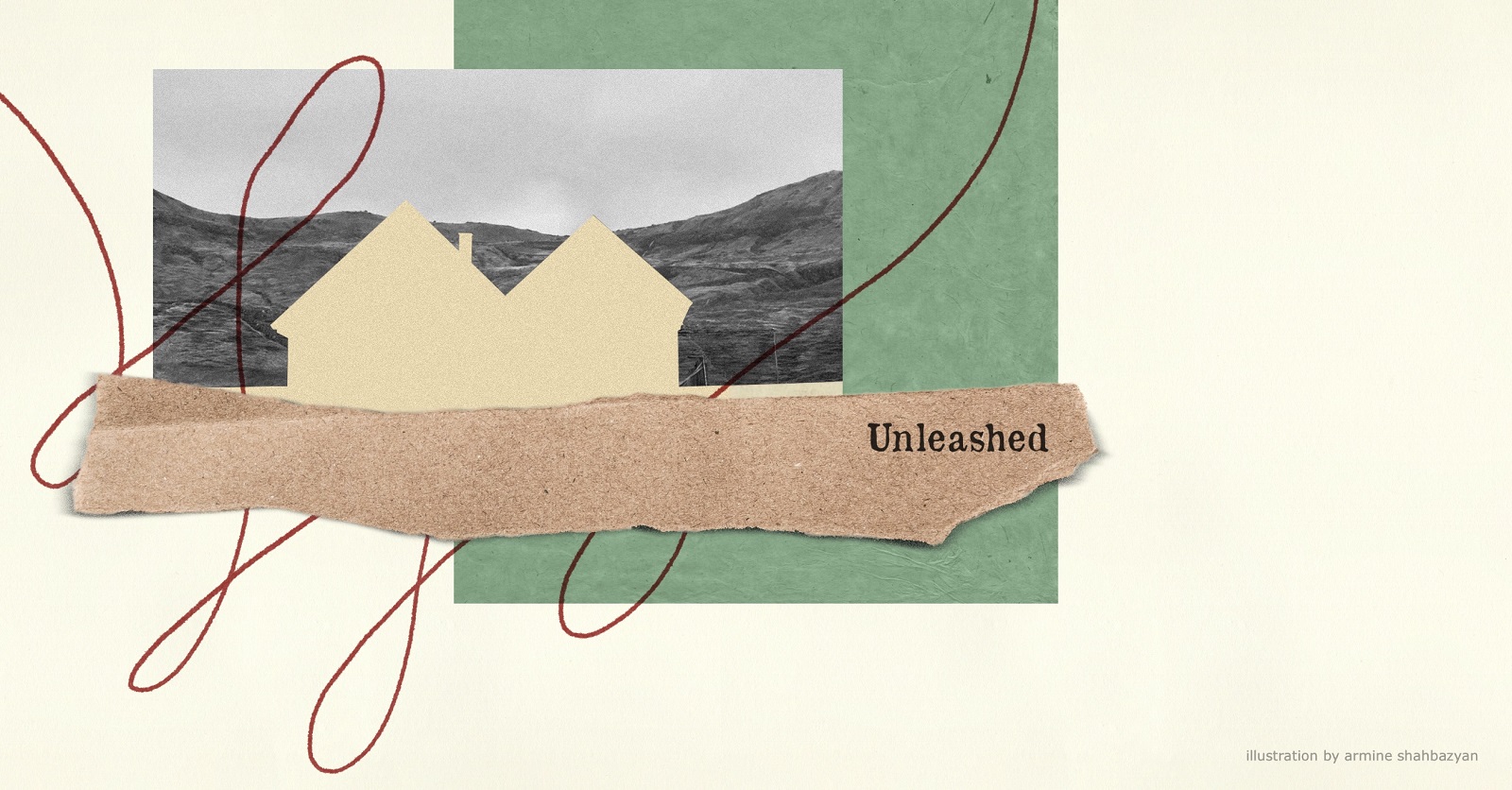

If you haven’t gone through a Metallica phase yet, you’re missing out. I fell in love with the band a few years after the 1991 release of their self-titled album during the formative years of my early adolescence. Through songs like “Enter Sandman” and “The Unforgiven”, Metallica’s masterful blend of aggression and melody deeply resonated with my evolving identity, serving as a companion through the tumultuous journey of my teenage angst.
As I dove deeper into their discography, I eventually grew keen on one of their earliest and most iconic songs, “Seek & Destroy” (1983), which is about hunting down and eliminating an enemy or adversary. The chorus, with its repetitive chant of “Searching, seek and destroy,” captures the essence of the song, which doesn’t specify who the enemy is, making it a universal anthem of combativeness. The song is inspired by the “Search and Destroy” military strategy used in the Vietnam War, where forces locate the enemy, engage them in combat, and then withdraw to disrupt or destroy their resources without holding territory.
Perfect soundtrack for a little Armenian girl grappling with the recent realization that the country where her parents were born and raised still denied the fact that its former leaders killed most of her ancestors, stole their land, and destroyed their heritage, in efforts aimed at erasing their existence and preventing hers.
Cultures are often tested by the trials of time, political upheavals, and conflicts that threaten their very survival. In the face of such cruelty and injustice, it’s tempting to respond with unbridled anger and despair. I certainly did, with scenes of rage and revenge for Turkey’s crimes permeating my consciousness as adolescence veered into adulthood. But, as I’ve grown older and hopefully wiser, or at least more experienced, my perspective has changed.
Time has shown that traditions can be lost and found, destroyed and restored. On a recent trip to Cambodia, I fulfilled my dream of getting a Sak Yant tattoo, traditionally practiced in Southeast Asia where it holds great cultural and spiritual significance. Known for their intricate designs, often featuring sacred symbols, animals, and scriptural verses, these tattoos are typically applied and blessed by Buddhist monks using a bamboo stick with a needle attached. Each design carries specific meanings and is believed to offer various protections and benefits to the wearer.
During the radical communist Khmer Rouge regime that ruled (or rather, ravaged) Cambodia from 1975 to 1979, there was a widespread suppression of cultural practices, including Sak Yant. The Khmer Rouge, responsible for the deaths of 2.5 million Cambodians in just four years, sought to purge any elements they thought might pose a threat to their ideology, resulting in the eradication of traditions and the slaughter of those associated with them, including Cambodian monks. Sak Yant, once a revered art form, was pushed to the brink of extinction, with few practitioners managing to survive the relentless onslaught on Cambodia’s people and identity.
Since the aftermath of the Khmer Rouge era, however, efforts to preserve and revitalize this ancient art form have begun, with tattoo artists and international enthusiasts (such as myself) working to ensure its continuity and resurgence. As the scars of the past began to heal, a new generation of Cambodians took it upon themselves to resurrect Sak Yant from the ashes, as part of a wider commitment to bring back essential markers that defined the Cambodian people.
It’s encouraging to see the parallels between the story of Sak Yant and that of other communities facing the challenges of cultural destruction, such as the Armenian people who are currently witnessing the annihilation of their life and heritage in Nagorno-Karabakh. As if the monumentally widespread and devastating loss of life and cultural heritage during the Armenian Genocide in the Ottoman Empire weren’t enough, Armenians find themselves once again at an existential crossroads. They now face a similarly relentless onslaught on their ancient monasteries, historical sites and landmarks, and artistic treasures in Nagorno-Karabakh that have shaped their identity for centuries. Just last week, the Armenians of Nagorno-Karabakh bore witness to a profound assault on their political identity, as Azerbaijan demolished their architecturally significant Parliament building in Stepanakert, crushing their democratic ideals and hopes for a safe return to their homeland.
But it’s exactly times like these when it becomes crucial for us not to allow our anger or despair over such loss and destruction to distract us from the need to double down on working to retain and preserve our heritage, and to recover as much as we can, now – not 50 or 100 years from now. Because when we fight to preserve our culture, rather than solely fixate on the fact that others are hellbent on destroying it, we forge a link between our past and our future, and we transform the narrative of victimhood into one of survival and strength. Instead of allowing destruction to define us, the focus shifts to a determined effort to safeguard and revive.
And this shift in perspective in no way calls for passivity or surrender to Turkey’s and Azerbaijan’s crimes. Instead, it allows us to channel the energy of resistance into a creative force for renewal. Armenians, like Cambodians, possess a rich cultural history that is a source of enormous pride. Initiatives to document, protect, and transmit cultural practices become acts of defiance against those who seek to erase the roots of our identity. By adopting a stronger mindset of preservation, we can turn the tide against cultural obliteration, ensure that our heritage continues to thrive despite the darkest of times, and stay anchored to our roots with love and authenticity.
And it’s not like we don’t already know this. Even Metallica gets it. Even if most of their music comprises hard-hitting anthems of struggle, anger, defiance and rebellion, they surprise us with outliers like “Nothing Else Matters”. This track, probably one of the greatest ballads of all time, speaks to the importance of being true to oneself, and conveys a message of hope, love, trust and connection. If Metallica, within the realm of their dark heavy metal dominion, can carve out space for such light, then surely, so can we.
See all [Unleashed] articles here
Listen to Sheila’s personal reading of “Seek and Preserve”.

Sheila Paylan is an international human rights lawyer and former legal advisor to the United Nations. Now based in Yerevan, she regularly consults for a variety of international organizations, NGOs, think tanks, and governments.

